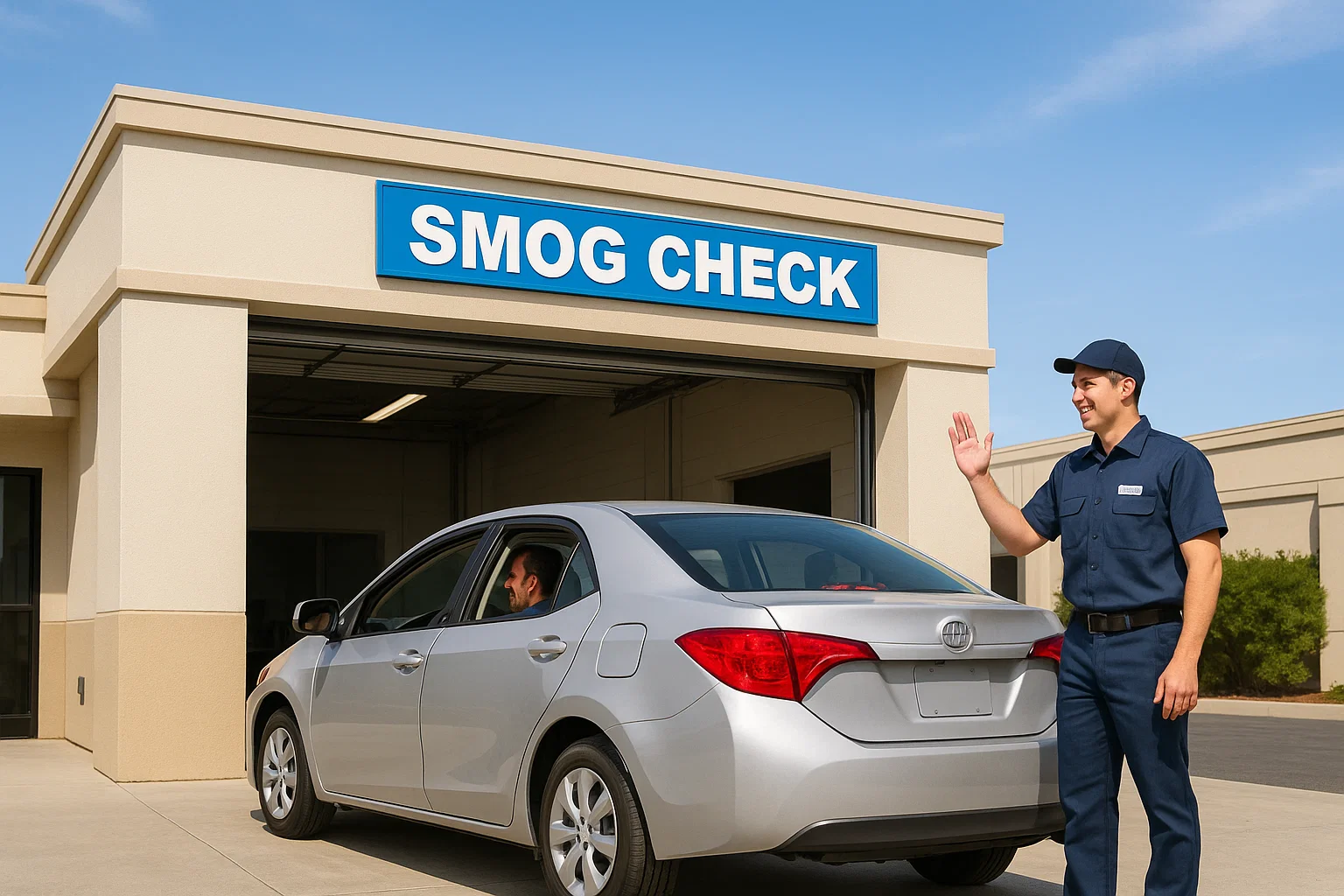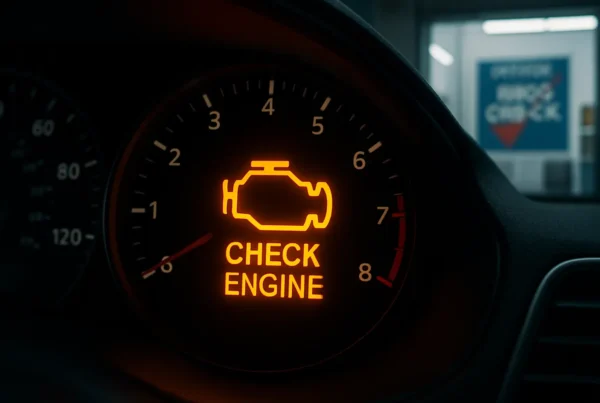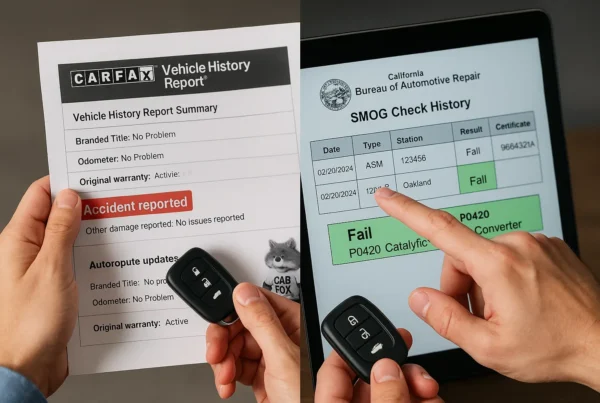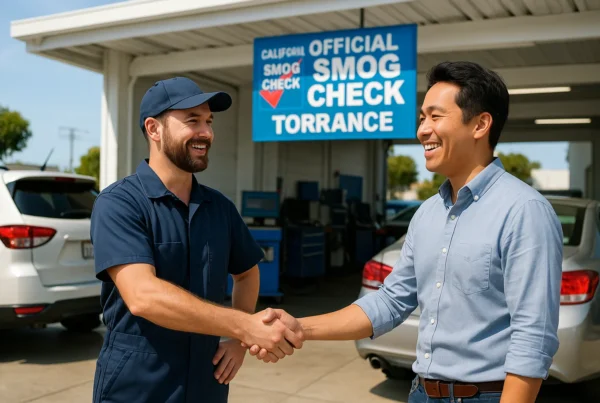If it’s your first time going in for a smog check, it’s completely normal to feel a little unsure about the process. At EZ Smog Check, we’re here to make your first inspection simple, straightforward, and successful. Whether you’ve just moved to California or your vehicle is now old enough to require a smog test, understanding what to expect can ease anxiety and help you pass on the first try.
What Happens During a Smog Check
1. Visual Inspection
The technician begins with a visual inspection of your vehicle’s emission control components. They’ll check to ensure that all systems—such as the catalytic converter, EGR valve, and gas cap—are present, properly installed, and not tampered with. Any missing or modified parts can result in an automatic fail.
Reference: asktheref.org – Smog Check FAQs
2. Functional Inspection
Next comes the functional inspection, which involves scanning your vehicle’s Onboard Diagnostics (OBD) system. This test checks for any stored trouble codes that could indicate a problem with emissions. If your Check Engine Light is on, your vehicle will fail automatically—even if everything else is working fine.
3. Emissions Testing
The final step depends on your vehicle’s age:
- 2000 and newer vehicles generally undergo an OBD-II test.
- Older vehicles (typically 1999 and older) require a tailpipe test, where emissions are measured directly from the exhaust.
These tests assess whether your car meets California’s emissions standards. If your car produces too many pollutants, it won’t pass the test until the issue is corrected.
How to Prepare for a Smooth Smog Check
Taking a few simple steps before your appointment can significantly increase your chances of passing:
✅ Warm Up Your Vehicle
Drive for at least 15–20 minutes before the test to bring your engine and catalytic converter up to optimal operating temperature. A warm engine burns fuel more efficiently, reducing emissions.
Reference: 1smog.com – Smog Check Preparation Tips
✅ Check Tire Pressure
While tire pressure doesn’t directly affect emissions, underinflated tires can impact the results of the dynamometer test used in older vehicles. Proper inflation helps ensure consistent testing conditions
✅ Bring Your Documents
Don’t forget to bring:
- Your vehicle registration
- Any DMV smog check notice
- A valid driver’s license
Having these ready can help avoid delays and keep your visit efficient.
Bonus Tips:
- Avoid going for a smog check immediately after disconnecting your battery or resetting the check engine light. Your car needs time (usually 100–200 miles) to relearn its emissions settings.
- If you suspect a problem, consider using a fuel additive designed to clean your engine and reduce emissions before testing.
- Regular oil changes and air filter replacements can keep your car running cleaner.
A smog check doesn’t have to be stressful. By knowing what to expect and preparing your vehicle, you can breeze through your first inspection. At EZ Smog Check, our certified technicians are committed to making the process fast, affordable, and hassle-free.
Need a smog check in California? Stop by EZ Smog Check today—we’ll help you stay road-legal and eco-friendly!



